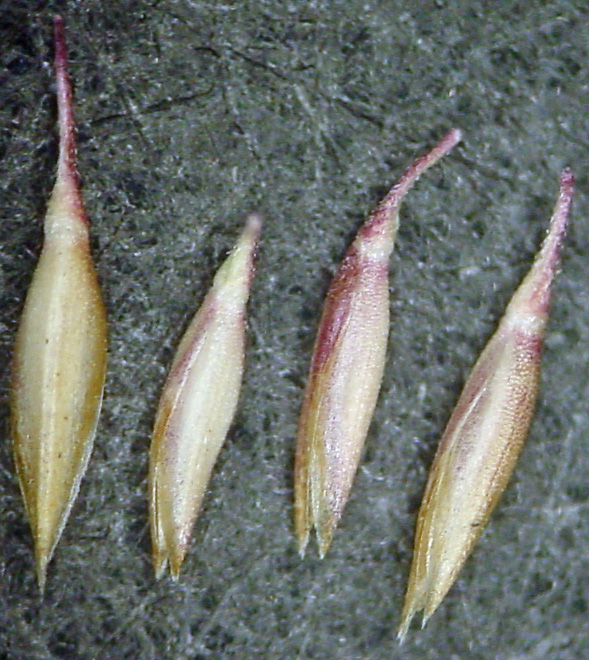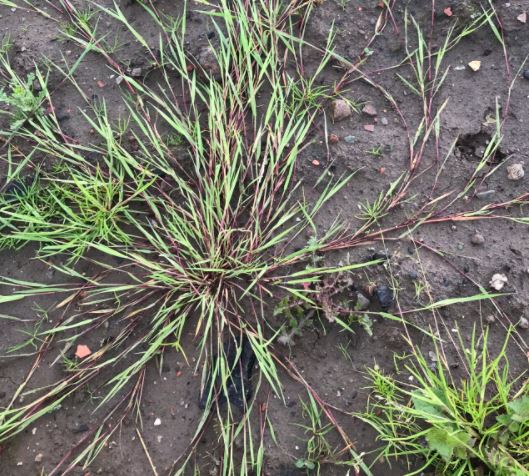
While the grasses are still in reasonable condition, it might be a good idea to take stock of where you have got to in your quest. The plan is to revise the most important species in the form of a quiz (with answers later in the week). 

I’ll show you 4 of the most important grasses from each habitat in turn, starting with roadsides. To keep track of the answers, I'll number them like this: 1 = top left, 2 = top right, 3 = bottom left, 4 = bottom right. 







• • •
Missing some Tweet in this thread? You can try to
force a refresh




































































